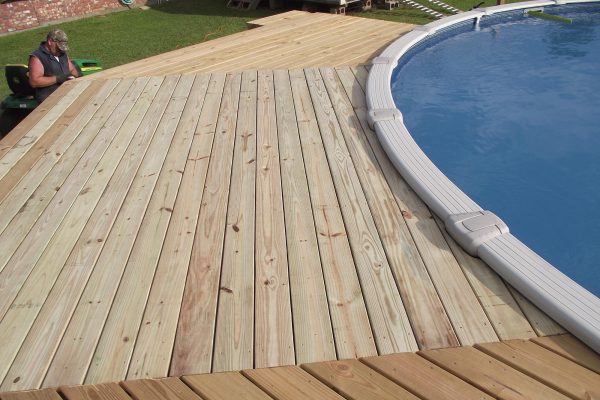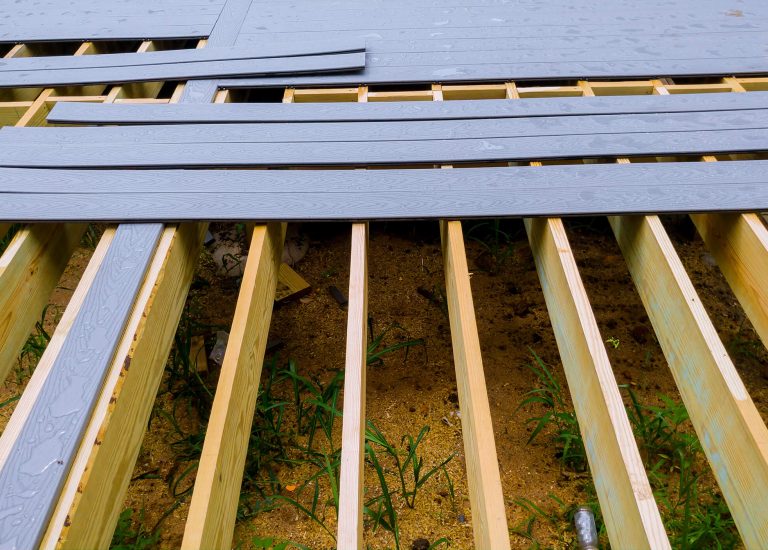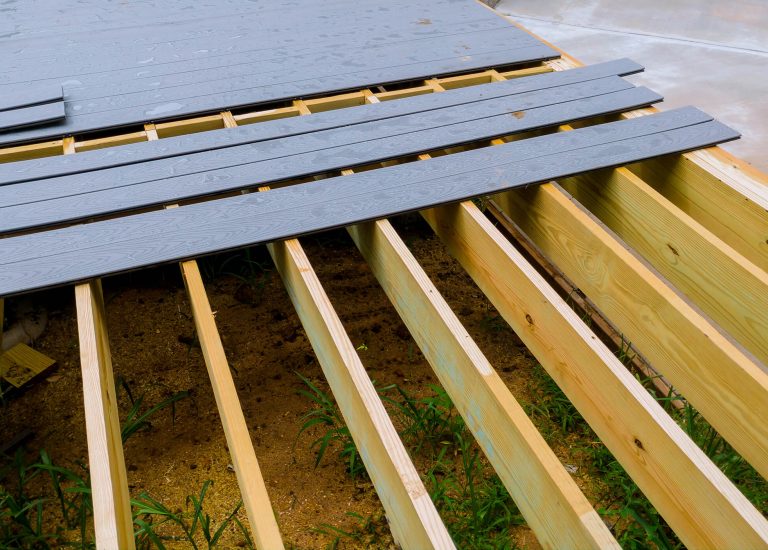Don’t know where to start? Here are some tips when choosing your composite decking:
- Gather as many samples as you want.
- Throw away anything that has a hollow core.
- Test your own scratch and durability. (Does the cap’s edge chip away under your fingernail?)
- Spill some red wine and bbq fat on them for 48 hours and see how easy they are to clean.
- Do you care about BAL and Slip ratings? Inquire about the written reports. If the testing was not performed by Australian testers, discard the samples.
Everything from colours and textures to stability and comfort underfoot differs. What they all have in common is that they are all made from unique combinations of natural wood fibres and plastic. However, the type of plastic used and the product mix vary greatly depending on the manufacturer.
Recycled Polyethylene, PVC, Or Polypropylene Plastic
Everything from colours and textures to stability and comfort underfoot differs. What they all have in common is that they are all made from unique combinations of natural wood fibres and plastic. However, the type of plastic used and the product mix vary greatly depending on the manufacturer.
To give the material its superior resistance to moisture and mold growth, manufacturers will typically use recycled polyethylene, PVC, or polypropylene plastic. In general, these plastic composites will not splinter or crack over time like pressure treated (PT) wood.
Polyethylene (PE) Plastic
Polyethylene (PE) plastic (the stuff used to make milk jugs) has long been the plastic material of choice for many composite deck builders due to its widespread availability (and subsequent low price). However, in recent years, consumers have begun to demand better performance from the composite decking products they buy. Customers are looking for composite decking materials that have better structural strength, resist fading and staining, and remain cooler underfoot while not having to paint, sand, and stain composites like PT wood.
Polypropylene (PP) Plastic
Polypropylene (PP), which is used in DuraLife’s composite decking products, is less brittle than PE plastic, making it a more durable material ingredient. Because of polypropylene plastic’s superior chemical absorption resistance and high melting point, composites made with PP have increased durability, stain resistance, and are cooler.







